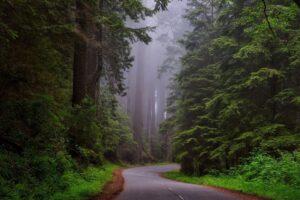Our national parks are not merely expanses of natural beauty; they are sanctuaries of the planet’s most pristine landscapes, housing a rich tapestry of ecosystems and wildlife. These invaluable treasures are often referred to as the crown jewels of our nation, and their significance extends far beyond the borders they encompass.
National parks provide solace for the soul, opportunities for adventure, and vital habitats for countless species. However, as human activity continues to impact the environment, preserving these havens becomes an increasingly urgent mission.

In this article, we delve into the importance of environmental conservation and preservation within our national parks, exploring the challenges they face and the measures being taken to protect these irreplaceable natural wonders for future generations.
Protecting and Saving Our National Parks
Our national parks, spanning diverse landscapes from rugged mountain ranges to lush forests and pristine coastlines, are integral to our natural heritage. Yet, they are not immune to the threats of climate change, pollution, habitat degradation, and increased human visitation.
The delicate balance between preserving these lands in their natural state and making them accessible for all to enjoy is a challenge that demands careful consideration.

As stewards of these incredible landscapes, we must collectively strive to protect and nurture our national parks for generations yet unborn.
What are National Parks?
National parks are more than just vast expanses of pristine wilderness; they are the embodiment of our commitment to preserving the natural wonders and cultural treasures that define our nation. These protected areas are set aside not only for their breathtaking beauty but also for their ecological significance, historical importance, and recreational value.
In this article, we delve into the essence of national parks, exploring their origins, roles, and the critical need for their conservation.
The Importance of National Parks
National parks hold a special place in the hearts of nature enthusiasts, historians, and anyone who seeks solace in the great outdoors. These protected areas are not only sanctuaries for wildlife and natural ecosystems but also serve as living classrooms for science, history, and cultural heritage.

In this article, we will delve into the significance of national parks, exploring the myriad of ways in which they enrich our lives and contribute to the well-being of our planet.
Environmental Threats to National Parks
Climate Change is a big concern
While national parks are vital sanctuaries for nature and history, they face growing environmental threats. Chief among these concerns is climate change, which poses a significant challenge to the delicate ecosystems and cultural heritage within these protected areas. In this article, we will explore the various ways in which climate change and other environmental threats impact national parks.
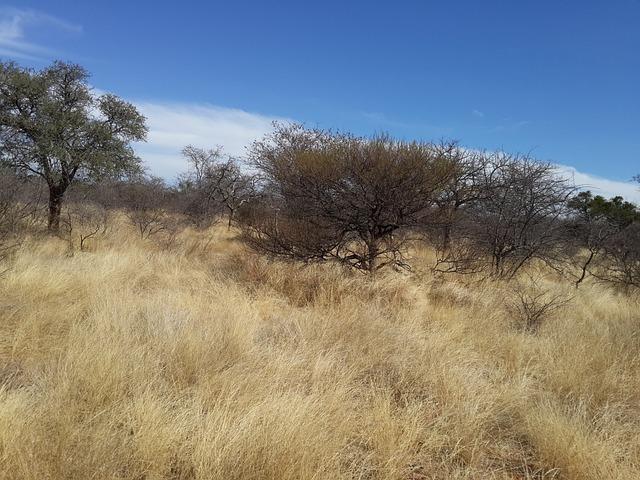
From rising temperatures to habitat disruption and extreme weather events, the effects of climate change are far-reaching and potentially devastating.
Water Pollution affects the Ecosystem
In addition to climate change, water pollution stands as a significant environmental threat to our national parks. These pristine landscapes often rely on clean, unpolluted water sources to sustain their ecosystems. However, various human activities, such as industrial runoff, agricultural runoff, and improper waste disposal, contribute to water pollution.
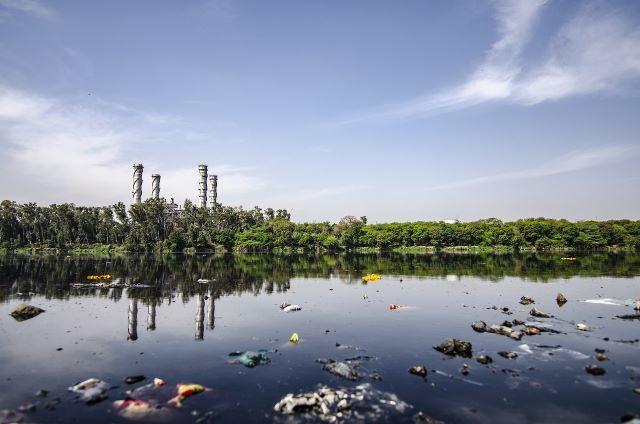
This pollution can disrupt aquatic habitats, harm aquatic life, and even affect the quality of drinking water within and around national parks.
Noise Pollution is bad for animals
While we often think of pollution in terms of visible contaminants, noise pollution poses a significant threat to the delicate balance of national park ecosystems. Human-made noise, from road traffic to industrial activities, can disrupt wildlife behavior, communication, and even migration patterns.
This interference can lead to increased stress, reduced reproductive success, and ultimately, population decline for many animal species in national parks.
Littering in National Parks can have a major impact
Littering, a seemingly small and inconsequential act, can have a significant and lasting impact on the pristine landscapes of national parks. It not only mars the natural beauty of these areas but also poses serious threats to wildlife and the environment.
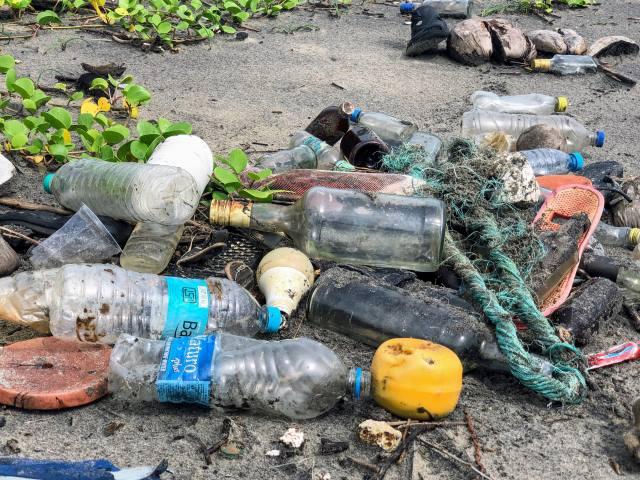
We emphasize the importance of responsible waste disposal and the role each visitor plays in preserving these cherished landscapes for future generations.
Conservation or Preservation: Which is best for now and in the future?
The debate between conservation and preservation approaches in managing national parks is a crucial consideration for their long-term sustainability. Conservation focuses on responsible resource management to meet the needs of the present while preserving ecosystems.
Preservation, on the other hand, emphasizes the protection of natural landscapes in their pristine state, often with limited human interference. In this article, we explore the nuances of both approaches, highlighting the need for a balanced strategy that ensures the protection of these natural treasures while allowing for sustainable use. It’s a discussion that weighs the demands of the present against the needs of the future in safeguarding our national parks.
The Role of Environmental Conservation
Environmental conservation is a cornerstone of national park management, aiming to safeguard the delicate balance of ecosystems and the species that call them home. This involves strategic planning, scientific research, and responsible stewardship to ensure that these natural wonders remain intact for generations to come.

In this article, we delve into the pivotal role of environmental conservation in national park preservation, exploring the measures taken to mitigate environmental threats and promote sustainable coexistence between humans and nature. From climate change adaptation to wildlife protection, the efforts undertaken in conservation are essential in the battle to protect and preserve our national parks.
Travel Tips to help protect National Parks
Plan Ahead
Planning ahead is a key aspect of responsible and sustainable travel to national parks. By carefully preparing for your visit, you can minimize your impact on these pristine environments and contribute to their preservation. In this section, we’ll explore essential travel tips, including trip planning, itinerary preparation, and understanding park regulations, all of which empower visitors to make informed choices that protect the natural and cultural heritage of national parks.
Whether you’re a seasoned outdoor enthusiast or a first-time visitor, these travel tips will help ensure a memorable and eco-friendly experience while preserving the integrity of these treasured landscapes.
Stick to Designated Trails and Areas
One of the fundamental principles of responsible park visitation is staying on designated trails and areas. This simple yet critical guideline helps safeguard fragile ecosystems, prevent soil erosion, and protect sensitive habitats. In this section, we’ll delve into the importance of trail etiquette and provide insights into the benefits of following established paths and campsites.
By adhering to this practice, you can minimize your ecological footprint and contribute to the long-term preservation of these natural wonders. Whether you’re exploring well-trodden trails or venturing into remote wilderness, respecting designated areas is a vital step in conserving the beauty and biodiversity of national parks.
Leave No Trace
“Leave No Trace” is a set of principles that outdoor enthusiasts should follow to minimize their impact on the environment. It emphasizes responsible behavior and practices that help protect the natural and cultural resources of national parks. In this section, we’ll explore the Leave No Trace principles and their relevance to preserving these pristine landscapes.
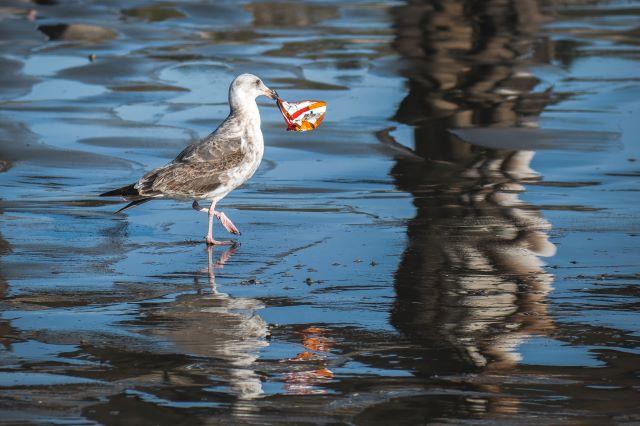
By practicing Leave No Trace, you can ensure that future generations can enjoy the same unspoiled beauty that these parks offer today. From disposing of waste properly to respecting wildlife, these principles guide you in making ethical and sustainable choices during your park adventures.
Conserve Water and Energy
Conserving water and energy in national parks is crucial for minimizing your impact on these fragile ecosystems. In this section, we’ll delve into practical tips for reducing water and energy consumption while enjoying the great outdoors.
By being mindful of your resource use, you can contribute to the preservation of these natural wonders and ensure that they remain pristine for future generations. Learn how to minimize your environmental footprint, from efficient water use to responsible energy consumption, and make a positive difference during your park visits.
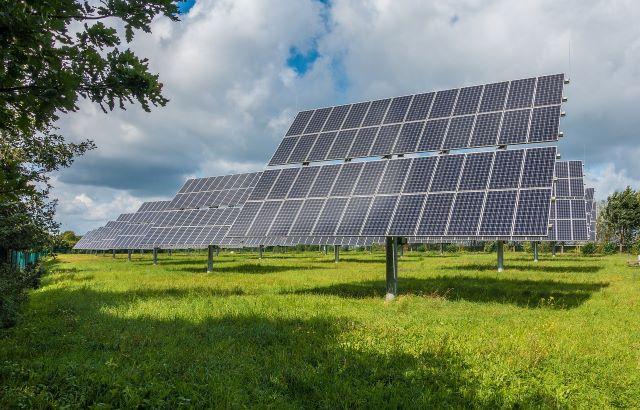
Practice Responsible Camping
Camping in national parks is a fantastic way to immerse yourself in nature, but it also comes with a responsibility to minimize your impact. This section provides valuable insights into practicing responsible camping, including tips on selecting suitable campsites, setting up low-impact campfires, and properly disposing of waste.
By following these guidelines, you can ensure that your camping experience is not only enjoyable but also eco-friendly, leaving the natural beauty of the parks unspoiled for future generations to savor.
Respect Cultural and Historical Sites
National parks often contain culturally and historically significant sites, such as archaeological remains, Native American heritage, or remnants of past human habitation. While exploring these areas, it’s crucial to treat them with respect and care. Avoid touching or removing any artifacts, structures, or rock art, as these are essential pieces of our shared history.
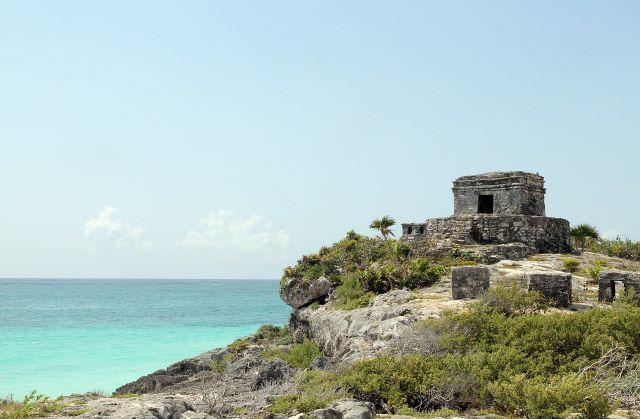
By preserving these sites, you help protect the rich cultural heritage within the parks and ensure that others can appreciate them for years to come.
Support Local Communities
When visiting national parks, consider the local communities surrounding these protected areas. Spend your money at local businesses, dine at local restaurants, and support the economy of nearby towns.
By doing so, you not only contribute to the well-being of these communities but also promote the value of the parks to local residents, fostering a sense of pride and stewardship. Supporting local businesses can also incentivize sustainable tourism practices that benefit both the environment and the people living in these areas.
Educate Future Generations
One of the most significant ways to protect national parks is by educating the next generation about their importance. Encourage children and young adults to appreciate and respect these natural wonders. Schools, educational programs, and interpretive centers within the parks play a vital role in fostering environmental awareness.

Parents, teachers, and mentors can also impart the value of conservation and preservation, instilling a sense of responsibility to protect these treasures for years to come. By passing on knowledge and a deep appreciation for national parks, we ensure that future generations will continue to safeguard these irreplaceable natural and cultural landscapes.
Conclusion
Our national parks are not only breathtaking showcases of nature’s beauty but also crucial sanctuaries for countless species and ecosystems. Protecting these invaluable treasures is a shared responsibility, and every individual can make a difference. By understanding the environmental threats they face, choosing sustainable practices, and supporting conservation efforts, we can ensure that these natural wonders thrive for generations to come.
Whether you’re a seasoned traveler or a novice explorer, remember that your actions play a vital role in safeguarding our national parks. Let us cherish and protect these remarkable landscapes, preserving their beauty and significance for the benefit of all.
FAQs:
How do national parks contribute to biodiversity conservation?
National parks play a critical role in biodiversity conservation by providing protected habitats for a wide range of plant and animal species. These areas serve as safe havens where wildlife can thrive without the pressures of habitat destruction and poaching.
The diverse ecosystems within national parks also support various species and help maintain healthy populations, contributing to the overall conservation of biodiversity.
How can individuals support the conservation and preservation of national parks?
Individuals can support national park conservation and preservation by practicing responsible and sustainable behaviors when visiting these areas. This includes following park regulations, staying on designated trails, minimizing waste and pollution, and respecting wildlife and cultural sites.
Additionally, people can volunteer their time or donate to organizations dedicated to national park conservation efforts.
What are some notable national park conservation success stories?
One notable success story is the recovery of the bald eagle population, which was once on the brink of extinction due to pesticide use. Through conservation efforts, including banning harmful pesticides and protecting eagle habitats in national parks, the bald eagle population rebounded significantly.
Another success story is the restoration of wolves in Yellowstone National Park, which has had positive cascading effects on the park’s ecosystem.
How can technology contribute to national park conservation?
Technology plays a crucial role in national park conservation by enabling researchers to monitor and study ecosystems more effectively. Tools like remote sensing, GPS tracking, and camera traps help scientists gather data on wildlife movements and habitat changes.
Additionally, public awareness and engagement in conservation efforts can be enhanced through digital platforms, educating a broader audience about the importance of protecting national parks.

